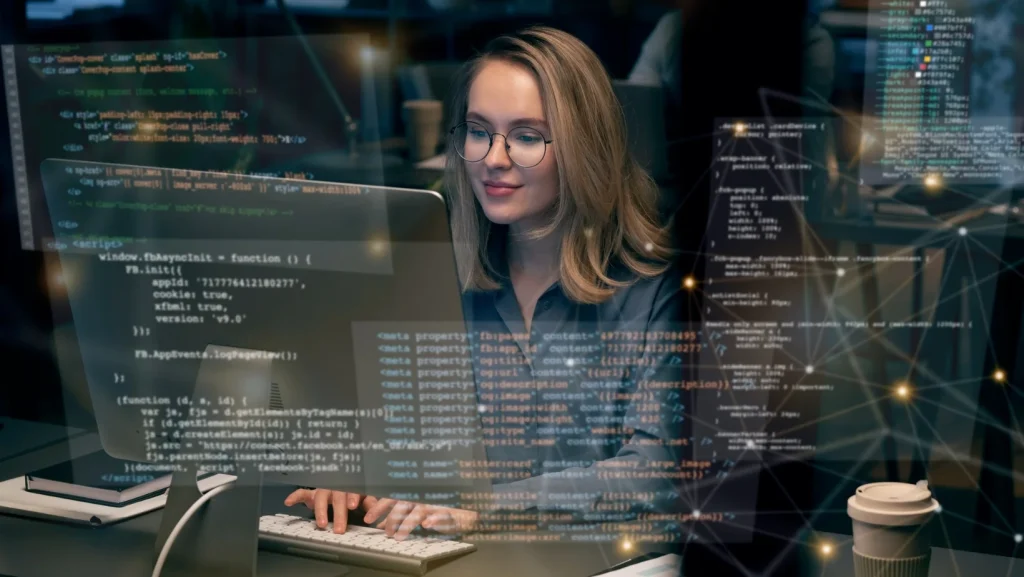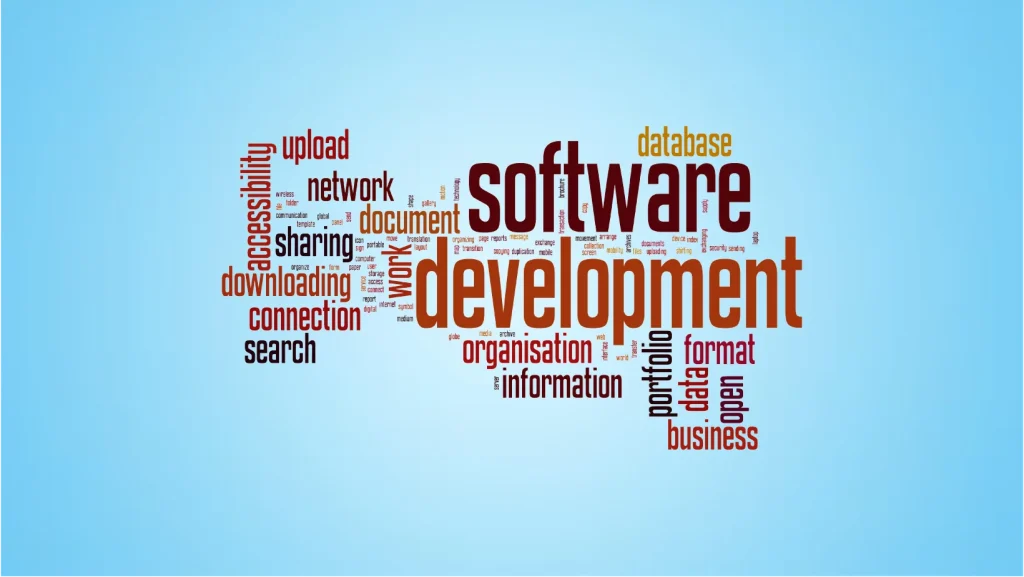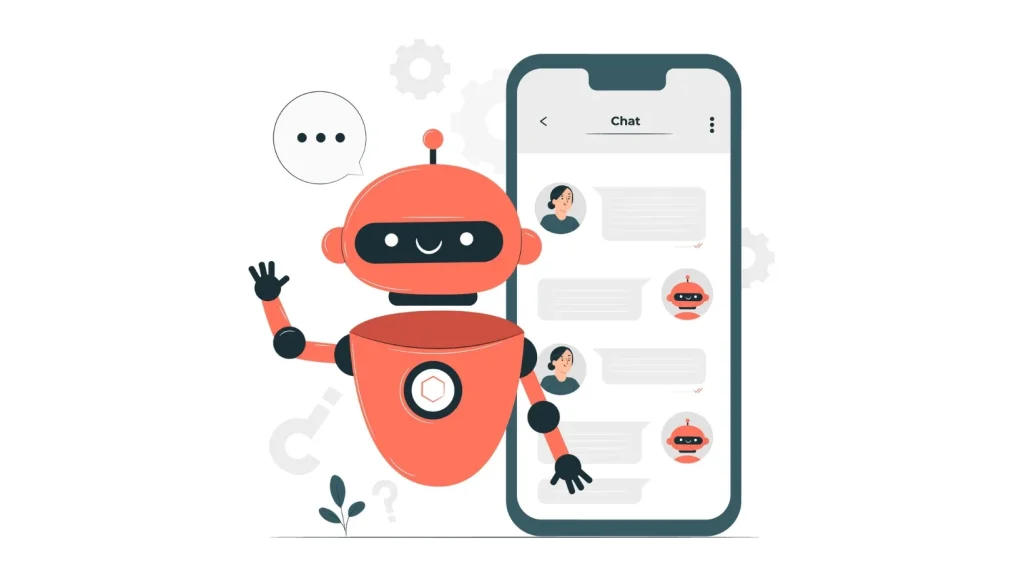The Future of Computing: 5 Key Trends to Watch

The Future of Computing: 5 Key Trends to Watch…
The field of computing is constantly evolving, and it can be difficult to keep up with the latest trends. However, there are a few key trends that are likely to have a major impact on the future of computing.
1. Artificial intelligence (AI)
AI is one of the most exciting and rapidly developing areas of computing. People are already using AI-powered technologies in a wide variety of applications, from facial recognition to self-driving cars. In the future, AI is likely to become even more powerful and pervasive, with applications in everything from healthcare to education to entertainment.
Specific applications of AI:
- Healthcare: AI systems are diagnosing diseases, developing new treatments, and personalizing patient care. For example, they are identifying cancer cells in medical images with greater accuracy than human radiologists.
- Education: AI personalizes learning, provides feedback, and creates engaging educational experiences. For example, AI-powered tutors can provide personalized instruction to students based on their individual needs.
- Transportation: AI develops self-driving cars, optimizes traffic flow, and improves safety. For example, AI-powered systems monitor road conditions and detect potential hazards.
Challenges and limitations of AI:
- Data collection and labeling: AI systems require large amounts of data to train. This data can be difficult and expensive to collect, and it can be time-consuming to label.
- Bias: AI systems can produce biased outputs if they are trained on biased data. This can lead to discrimination and other problems.
- Interpretability: AI systems can be difficult to interpret. This can make it difficult to understand how they make decisions and to ensure that they are making fair and unbiased decisions.
2. Machine learning (ML)
Machine learning (ML) is a subset of artificial intelligence (AI) that allows computers to learn without being explicitly programmed. ML is already being used in a wide variety of applications, such as spam filtering, fraud detection, and product recommendations. In fact, ML is likely to become even more important in the future, as computers become able to learn and adapt to new situations in real-time.
Specific applications of ML:
- Spam filtering: ML-powered systems identify and filter out spam emails. These systems learn to identify spam emails by analyzing the content of the emails and the sender’s email address.
- Fraud detection: ML-powered systems detect fraudulent transactions. These systems learn to identify fraudulent transactions by analyzing the patterns of legitimate and fraudulent transactions.
- Product recommendations: ML-powered systems recommend products to customers. These systems learn to recommend products by analyzing the customer’s purchase history and browsing behavior.
Challenges and limitations of ML:
- Data quality: ML systems require high-quality data to train. If the data is noisy or inaccurate, the ML system will learn to make poor decisions.
- Overfitting: ML systems can overfit to the training data. This means that the system will learn the patterns in the training data too well, and it will not be able to generalize to new data.
- Interpretability: ML systems can be difficult to interpret. This can make it difficult to understand how they make decisions and to ensure that they are making fair and unbiased decisions.
3. Quantum computing
This is a new paradigm of computing that is based on the principles of quantum mechanics. Quantum computers are capable of performing certain tasks that are exponentially faster than traditional computers. In the future, quantum computers are likely to have a major impact on a wide variety of fields, including cryptography, drug discovery, and materials science.
Specific applications of quantum computing:
- Cryptography: Quantum computers can break current encryption algorithms, which would have a major impact on cybersecurity.
- Drug discovery: Quantum computers can simulate the behavior of molecules, which could help accelerate the discovery of new drugs.
- Materials science: Quantum computers can design new materials with desired properties.
Challenges and limitations of quantum computing:
- Quantum decoherence: Quantum computers are sensitive to noise, which can cause them to lose their quantum state. This is a major challenge that needs to be addressed before quantum computers can be used for practical applications.
- Scaling: Quantum computers are difficult to scale up. This means that it is difficult to build quantum computers that are large enough to be practical.
- Software: There is a lack of software for quantum computers. This is a major challenge that needs to be addressed before.
4. Edge computing
Edge computing is a distributed computing paradigm that brings computation and data storage closer to the end user. In fact, as the amount of data generated by IoT devices continues to grow, edge computing is becoming increasingly important. In the future, edge computing is likely to become even more important, as it helps to reduce latency and improve the performance of applications that rely on real-time data.
Specific applications of edge computing:
- IoT: Edge computing processes data from IoT devices in real time. This can help to improve the performance of IoT applications and reduce the latency of data communication. Edge computing can process data from sensors in self-driving cars in real-time to improve safety and responsiveness.
- Virtual reality (VR) and augmented reality (AR): Edge computing streams VR and AR content to devices in real time. This can help to improve the user experience and reduce the latency of content delivery. Edge computing can stream VR content to headsets in healthcare settings in real-time, providing patients with a more immersive and interactive experience.
- Self-driving cars: Edge computing processes data from sensors in self-driving cars in real time. This can help to improve the safety of self-driving cars and make them more responsive. Edge computing can process data from cameras and radar sensors in real time to identify and avoid obstacles.
Challenges and limitations of edge computing:
- Security: Edge computing devices are often connected to the internet, which makes them vulnerable to cyberattacks. For example, if an edge computing device that is used to process data from self-driving cars is hacked, it could potentially be used to take control of the cars.
- Cost: Edge computing can be more expensive than traditional cloud computing. This is because edge computing devices need to be more powerful and have more storage capacity.
- Complexity: Edge computing can be complex to implement and manage. This is because it requires the coordination of multiple devices and networks.
5. Blockchain
Blockchain records transactions in a secure and tamper-proof manner using distributed ledger technology. This is still in its early stages, but it has the potential to revolutionize a wide variety of industries, including finance, healthcare, and supply chain management. In the future, blockchain is likely to become even more important, as it provides a secure and transparent way to record and share data.
These are just a few of the key trends that are likely to shape the future of computing. As computing technology continues to evolve, we can expect to see even more exciting and disruptive developments in the years to come.
Specific applications of blockchain:
- Finance: Blockchain records financial transactions in a secure and tamper-proof manner. This could help to reduce fraud and improve the efficiency of financial transactions. Blockchain records cryptocurrency transactions.
- Healthcare: Blockchain stores patient data in a secure and tamper-proof manner. This could help to improve the privacy of patient data and make it easier to share data between healthcare providers. For example, blockchain can be used to store medical records.
- Supply chain management: Blockchain tracks the movement of goods in a supply chain. This could help to improve the transparency of supply chains and reduce counterfeiting. For example, blockchain can be used to track the movement of food products.
Challenges and limitations of blockchain:
- Complexity: Blockchain is a complex technology, and it can be difficult to understand and implement. This is because blockchain requires the coordination of multiple nodes and the use of cryptography.
- Scalability: Blockchain is not yet scalable to handle large volumes of transactions. This is because blockchain is a distributed ledger, which means that every transaction must be verified by all of the nodes in the network.
- Energy consumption: Blockchain can be energy-intensive, which is a concern for environmental sustainability. This is because blockchain nodes need to be constantly running to verify transactions.
How will these trends impact our lives?
The five trends mentioned above have the potential to have a major impact on our lives in a number of ways. For example, AI-powered technologies could be used to improve healthcare, education, and transportation. Machine learning can personalize our experiences and make our lives more efficient. For example, machine learning can recommend products to us based on our past purchases, or it can provide us with personalized news feeds. Quantum computing could revolutionize the way we solve complex problems. For example, quantum computers could be used to develop new drugs or to simulate the behavior of molecules.
Edge computing could improve the performance of our devices and applications. Edge computing can process data from IoT devices in real-time, improving the performance of those devices. And blockchain could create a more secure and transparent world. For example, blockchain could be used to record financial transactions in a secure and tamper-proof manner.
It is still too early to say exactly how these trends will play out, but they have the potential to make a significant impact on our lives. It will be interesting to see how these trends develop in the years to come.
What do you need to do to prepare for the future of computing?
Here are a few things you can do to be prepared for the future of computing. First, you should stay up-to-date on the latest trends in computing. Second, you should learn about the technologies that are likely to have a major impact on the future. Third, start developing the skills that will be needed in the future of computing.
The future of computing is full of possibilities. Staying up-to-date on the latest trends and developing the right skills will prepare you for the future and allow you to take advantage of the opportunities it presents.



